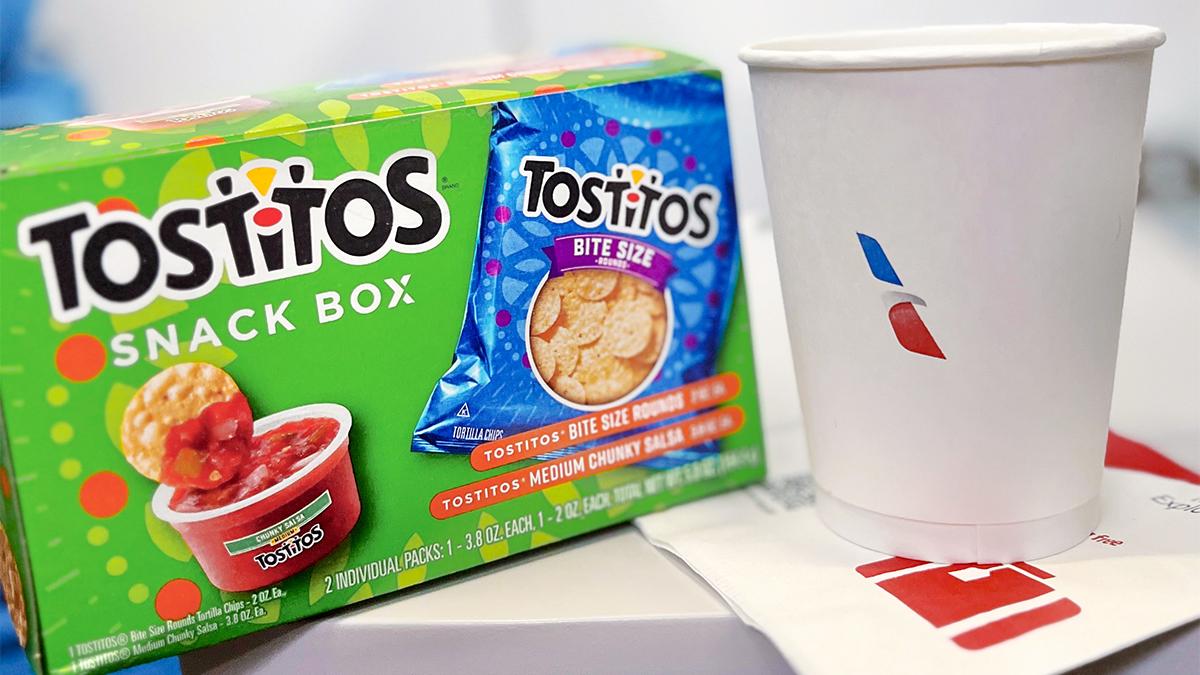Ford has no right to be fighting for an IMSA title so soon – but it is
Given Ford’s history in racing, even the most distant fan wouldn’t be surprised by the manufacturer leading an elite championship. But (...)

Given Ford’s history in racing, even the most distant fan wouldn’t be surprised by the manufacturer leading an elite championship. But the Mustang GT3’s lead in IMSA’s GTD PRO class is far more complicated than that.
Ford returned to proper GT3 competition for the 2024 season after a hiatus, which makes its points lead after the first two races all the more noteworthy, especially when you factor in that it launched three separate cars and programs at the same time last year across different series.
Underpinning the start to the year was victory in the Rolex 24 At Daytona – the current generation S650 car’s first win – after a rollercoaster first season in 2024.
“Obviously we have made a big step compared to a year ago,” Christopher Mies, driving the points-leading No. 65 car with Frederic Vervisch and Dennis Olsen, tells RACER. “We felt that already after qualifying when we had 1-2 and the sister car was on pole. I think that was the first time I realized, OK, we might have a chance to do something great here.”
“It’s only two races in the season, so for sure it’s going to be a big fight towards the end of the season.
“But I think we learned a lot from last year. Obviously it was a bit difficult but I always tell people, don’t forget we just started GT3. Every other brand has been there for like, 10-plus years, so obviously our learning curve is quite big at the moment and I think we’ve maximized everything so far.”
For motorsports program supervisor Alex Allmandinger, in charge of the GT3 and GT4 projects, that win in IMSA’s most prestigious race “proved to ourselves that everything we’re doing, we’re taking all the right steps, we’re doing all the right things and showing what the Mustang’s capable of and we know what we can do as a team”.
One of the big signings for this program was to bring in Mike Rockenfeller, DTM champion, Le Mans winner and someone with a massive racing resume.
He’s in the No. 64 car which is fourth in the championship, but helped deliver the car’s first two podiums at the end of last year, and forms part of a tight-knit group of drivers that play pickleball and have great camaraderie right now.
“We had the chance to score, like, five podiums last year and we did two,” he tells RACER. “And that’s year number one. You reflect on that and work together with the team, the engineers and try to obviously be much better prepared in year two, and here we are…”
Rockenfeller’s experience has been a crucial part of the development of the car.
Initially, most of the work done in 2024 was about trying to get the car into a working window where it performed well and the team understood why it was performing well, and to discover the impact of the various changes at its disposal. The car was developed in conjunction with partner Multimatic Motorsports, which is a key part of this process too.
With the car being homologated, you can’t throw new, redesigned parts at it every time you need to fix an issue, so to improve you need to maximize what you have and work hard in IMSA’s crucial battleground: electronics.
“It’s a lot of developing our understanding of the car, the window that it needs to operate in, but then also some more kind of technical developments and things like traction control, ABS, systems that we control, what we write software for, things that we work on,” explains Allmandinger.
Because it’s a massive Mustang competing against the likes of dainty Ferraris and agile Lamborghinis, it clearly has its strengths and weaknesses. Grunt from the 5.4-liter V8 at the bottom end and acceleration are excellent; agility is a bit tougher to come by.
 Christopher Mies, who is part of the line-up in the points-leading No.65 car, believes the young Mustang GT3 program is already well ahead of where he expected it to be on the development curve. Michael Levitt/IMSA
Christopher Mies, who is part of the line-up in the points-leading No.65 car, believes the young Mustang GT3 program is already well ahead of where he expected it to be on the development curve. Michael Levitt/IMSA
Last year there was some instability in the rear end on corner entry, but the team has done a good job of dialing that out with set-up and associated changes, and the drivers are adapting to what the car needs to be quick.
Sebring, where it’s tough to get power down over bumps and there are tight and twisty sections, obviously didn’t suit the car. The next round at Laguna won’t offer it the chance to stretch its legs, either.
But there are other races coming up it will be more suited to. Its two podiums in the last three races last year – at VIR and Indianapolis – hinted at that, and since then the car’s just gotten better. Watkins Glen is also expected to be a favorable event.
That can only boost its hopes of a championship, and while that’s what the team wanted to work towards in 2025, Allmandinger’s been careful to combat any complacency.
“That was a big thing we talked about after the win in Daytona,” he says.
“Obviously, take some time to celebrate that and enjoy that victory, but (then it’s about) putting your head down immediately.
“A win can very easily be a detriment to the program. It can be a distraction. It’s a long season in IMSA. A lot of races, a lot of different types of tracks. So continuing to keep our head down, keep our focus moving forward is important. Not falling into that trap of winning one big race and getting distracted and losing your focus.”
That’s hard to argue with. While winning races puts big points on the board, minimizing the loss on the bad days is crucial, because strategy and race execution can be the difference between a win and a 15th in this tightly-knit class.
“The whole package decides if you win or not and that’s also cool, because sometimes you win a race and you are not the quickest car, sometimes you don’t win the race with having the quickest car, so I guess that’s why you can never exactly know how the season will be,” says Rockenfeller, who partners Ben Barker and Sebastian Priaulx in the No. 64.
“What was, for me, the most impressive about this car, the Mustang – which I would say I’ve never seen before in a project that I joined – is that we never had any issues in America with the drivetrain, any races we couldn’t finish. I was really not expecting that.
“I was also not expecting that we were losing the rear deck lid , but I was really expecting to have more issues with fundamental parts. And those were just little things, we would say peanuts, and all the rest was always rock solid.
“That, for me, is the base to be successful – to know you have a reliable car underneath, and the rest is operation and execution.”
If the team can keep maximizing its results – like Sebring, where it was arguably the best team in the pits and took fifth and sixth from a track it wasn’t that quick at – then it has a very real chance of fighting for this championship in just year two of a new car.
It has the pace in some places, and when it doesn’t, the team looks set to make up for it with the race execution. And that’s what wins titles in IMSA.














![Day 153/365 [Learning Full Stack]](https://media2.dev.to/dynamic/image/width=800%2Cheight=%2Cfit=scale-down%2Cgravity=auto%2Cformat=auto/https%3A%2F%2Fdev-to-uploads.s3.amazonaws.com%2Fuploads%2Farticles%2F8nbi1z0fon7j6nu7dt0b.png)



























































![[Opinion] Why a Request for Solution holds the key to successful fleet procurement](https://www.fleeteurope.com/sites/default/files/styles/medium/public/varey_ben_new_0.jpg?itok=a68zR8p1)






